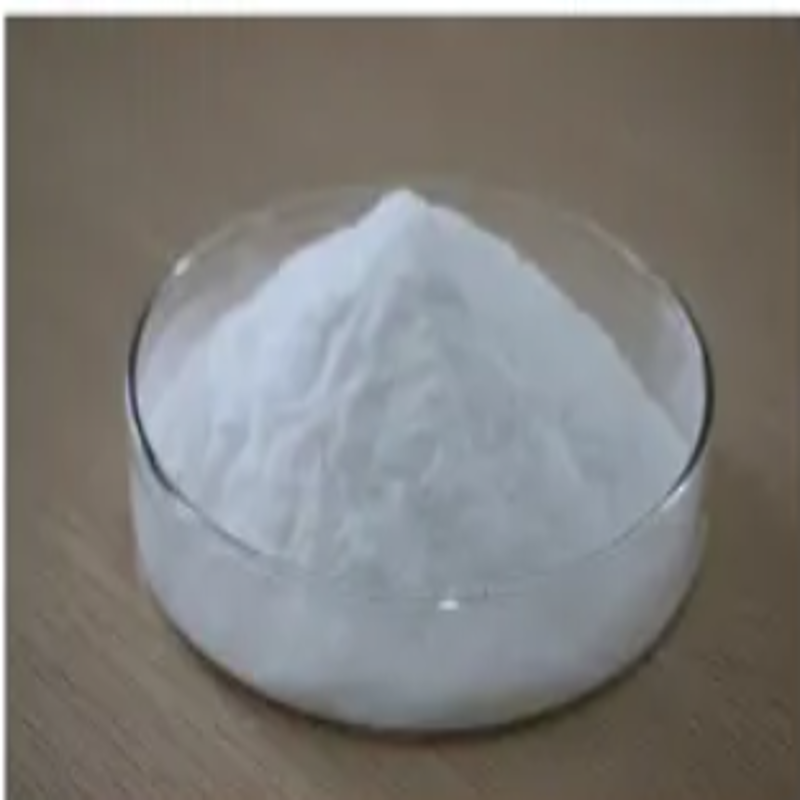-
Categories
-
Pharmaceutical Intermediates
-
Active Pharmaceutical Ingredients
-
Food Additives
- Industrial Coatings
- Agrochemicals
- Dyes and Pigments
- Surfactant
- Flavors and Fragrances
- Chemical Reagents
- Catalyst and Auxiliary
- Natural Products
- Inorganic Chemistry
-
Organic Chemistry
-
Biochemical Engineering
- Analytical Chemistry
-
Cosmetic Ingredient
- Water Treatment Chemical
-
Pharmaceutical Intermediates
Promotion
ECHEMI Mall
Wholesale
Weekly Price
Exhibition
News
-
Trade Service
Editor’s note iNature is China’s largest academic official account.
It is jointly created by the doctoral team of Tsinghua University, Harvard University, Chinese Academy of Sciences and other units.
The iNature Talent Official Account is now launched, focusing on talent recruitment, academic progress, scientific research information, interested parties can Long press or scan the QR code below to follow us
.
iNature In most cases of acute myeloid leukemia (AML), chemotherapy can effectively reduce the burden of leukemia and restore immune cell production
.
However, endogenous immune surveillance usually fails to recover after chemotherapy, leading to recurrence
.
The underlying mechanism of this treatment failure is still poorly understood
.
On October 8, 2021, Zhujiang and Shi Jun of Shanghai Jiaotong University published a research paper entitled "Leukemic progenitor cells enable immunosuppression and post-chemotherapy relapse via IL-36–inflammatory monocyte axis" in Science Advances.
The research It shows that abnormal IL-36 production activated by NF-κB is a basic feature of mouse and human leukemia progenitor cells (LP)
.
In terms of mechanism, IL-36 directly activates inflammatory monocytes (IM) in the bone marrow, and then prevents the elimination of leukemia mediated by CD8+ T cells and promotes the growth of LP
.
While retaining IM, common chemotherapy drugs stimulate residual LP to produce IL-36 through caspase-1 activation, so that this immunosuppressive IL-36-IM axis persists after chemotherapy
.
In addition, IM depletion of trabectedin, combined with chemotherapy and PD-1 blockade, can synergistically limit the progression and recurrence of AML
.
Collectively, these results indicate that inhibition of the IL-36-IM axis is a potential strategy to improve the treatment of AML
.
Acute myeloid leukemia (AML) is a group of common hematopoietic malignancies, characterized by abnormal immature myeloid blasts infiltrating bone marrow (BM) and other hematopoietic tissues, resulting in severe suppression of normal hematopoiesis
.
Although most AML patients initially respond to conventional therapies including chemotherapy and allo-BMT (allo-BMT), many of them will relapse within a few months and gain treatment resistance
.
Longitudinal studies have shown that AML that relapses after allo-BMT needs to escape graft anti-leukemia immune rejection, while AML that relapses after chemotherapy does not experience the selective pressure generated by endogenous immune surveillance that may recover
.
Most AML cases show overwhelming de novo resistance to immune checkpoint blockade, and only a portion of immune-infiltrating AML cases respond to Flotetuzumab
.
On the other hand, chronic immunosuppression after organ transplantation greatly increases the incidence of AML
.
Therefore, activating endogenous immune surveillance for AML has great potential to improve the treatment of AML by synergizing with other contemporary treatment modalities
.
According to reports, both leukemia stem/progenitor cells and their monocyte progeny can suppress and evade immune surveillance
.
Since chemotherapy largely avoids the production of leukemia stem/progenitor cells and effectively reduces a large number of leukemia cells, the remaining leukemia stem/progenitor cells may be able to create an immunosuppressive microenvironment that allows possible relapse
.
Similarly, in the early stages of leukemia transmission, some leukemia progenitor cells (LP) must resist possible local immune surveillance (for example, in BM)
.
However, the underlying mechanisms in these specific situations are still unclear
.
Interleukin-36α (IL-36α), three functional paralogs of IL-36β and IL-36γ and the antagonist IL-36Ra constitute the IL-36 family, sharing one IL-36R and IL-1RAcP As a common receptor complex, the abnormal activation of IL-36 signaling is involved in the pathogenesis of many types of autoimmune diseases
.
Although IL-36γ, which is artificially expressed in solid tumors, has been shown to promote type I anti-tumor immunity, its role in immune surveillance and regulation against AML has not been reported
.
In this study, it was shown that pro-inflammatory LP marked by activation of the nuclear factor-κB (NF-κB) pathway secretes IL-36, and this feature is stimulated by chemotherapy-stimulated caspase-1-IL-1β- NF-κB autocrine signaling pathway persists
.
In terms of mechanism, IL-36 activates inflammatory monocytes (IM) in BM, which not only promotes the survival and proliferation of AML cells, but also excludes CD8+ T cell-mediated AML clearance
.
Overall, this study shows that inhibiting the IL-36-IM axis is a potential strategy to improve the treatment of AML
.
Reference message: https://







